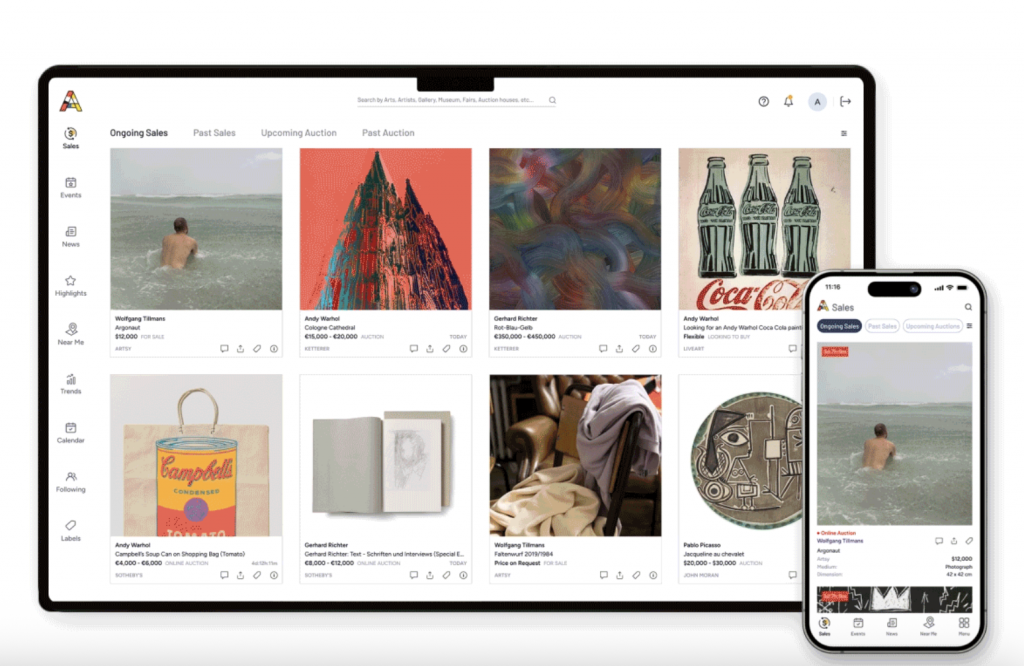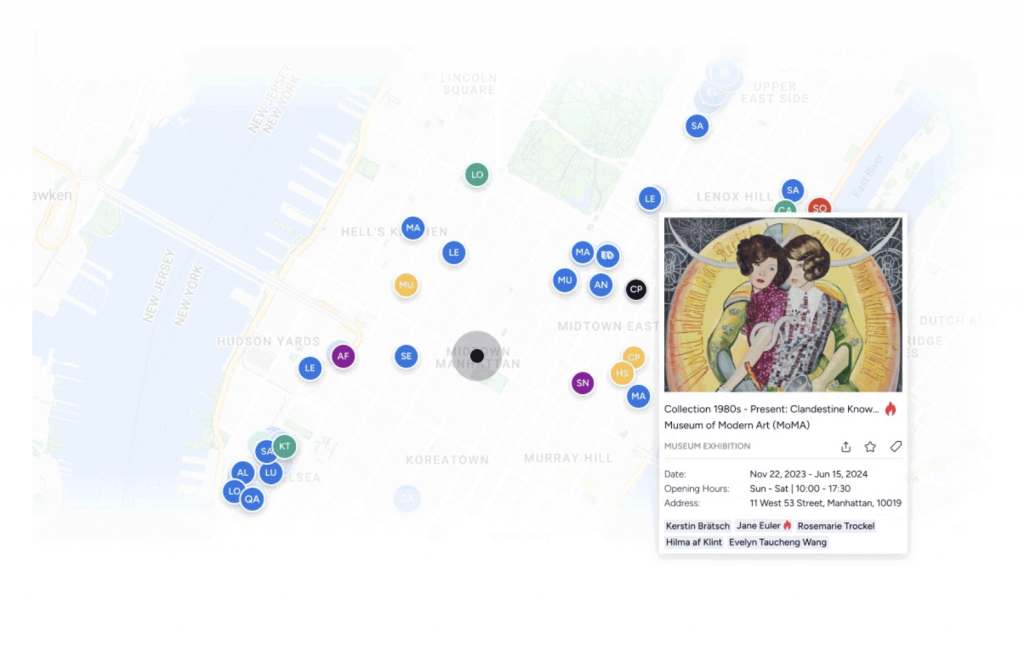When an analytical mind meets the instinct-driven, emotionally charged world of contemporary art, something transformative happens. Arthur Analytics is more than just another art-tech tool—it’s an AI-powered platform that speaks the language of data while intuitively navigating the complexities of the art world. By integrating auction results, latest news, galleries and museum exhibitions near you, and market signals tailored to a collector’s specific tastes and preferences, Arthur doesn’t just inform—it empowers.
LARRY’S LIST had a conversation with James Crichton, the founder of Arthur Analytics, who is bringing transparency, precision, and free access to a market long veiled in mystery. At the heart of it all? An algorithmic pulse designed to decode the art world—and give collectors a true edge.
1. What inspired the creation of Arthur Analytics?
Sometimes, innovation starts with a mismatch—a moment when expectations forged in one domain clash with the reality of another. For me, that moment came when I stepped from the rigor of Wall Street into the aesthetic world of art collecting. My wife is the serious collector in our household, but as I immersed myself in the market, I noticed something peculiar: the art world, for all its sophistication, runs largely on intuition. There was beauty everywhere—but very little data.
Coming from a world where every tick, trade, and trend is captured and analyzed, I found this opacity baffling. Why were collectors flying blind? Why was the market so fragmented, so inaccessible? That question—why?—became the origin story of Arthur Analytics.
I did what any Wall Street analyst might do: I licensed every database I could find. What I discovered was not a lack of information—but a lack of integration. The art market was siloed. It was Bloomberg before Bloomberg. So, I set out to build a platform that didn’t just aggregate data, but told stories with it. Because stories—well told—change behavior. That’s what Arthur does: it transforms raw information into narratives that help collectors make better, faster, smarter decisions.
2. What motivated your shift into the art world?
I came from a world of structure and signals—and found myself drawn to one ruled by instinct and ambiguity. The tension between the two was too compelling to ignore. I want to bring clarity where there is mostly guesswork.
3. If you had to pitch Arthur Analytics to a collector in just one sentence – what would you say?
Everything you need to know about the artists and institutions you care about—sales, shows, news, and trends—all in one place.
4. In a growing field of art-tech platforms, what makes this app stand out?
Arthur isn’t another listing site or analytics tool—it’s a fully integrated ecosystem. We’ve stitched together auction results, gallery exhibitions, institutional news, and even marketplace listings from The Art Marketplace, LiveArt, Artsy, and others. We track museums seeking loans, gallery representation changes, and even the identities of frequent bidders.
But we’ve also reimagined what collectors can do. Arthur lets users anonymously and commission-free sell, buy, lend, or borrow works. Think of it as a digital atelier—a place where decisions are informed by insight, not guesswork. And in a world where younger collectors want to live with a work before owning it, short-term art rentals may just be the new collecting frontier.
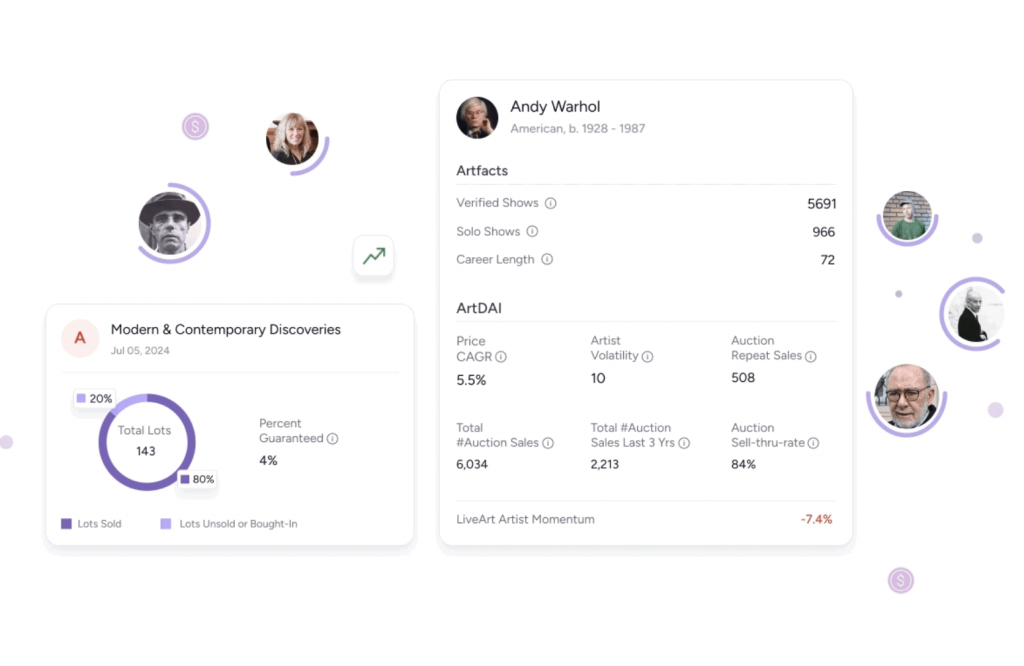
5. From tracking sales to spotting emerging trends – how does Arthur Analytics help collectors stay ahead?
We began with a deceptively simple mission: help collectors never miss a sale, exhibition, or important event tied to the artists they care about. But the real edge comes from the nuances: being notified when an artist switches galleries, when a museum is seeking a donation, when underbidders are active, when a young artist joins a strong gallery program. This is how collectors win—quietly, consistently, and early.
6. What challenges did you face when developing Arthur Analytics, and how did you overcome them?
The biggest challenge? Licensing. Aggregating data from dozens of content partners, often as their exclusive provider, was a feat of patience and persistence. But that exclusivity is now our moat. You won’t find this depth or breadth of information anywhere else.
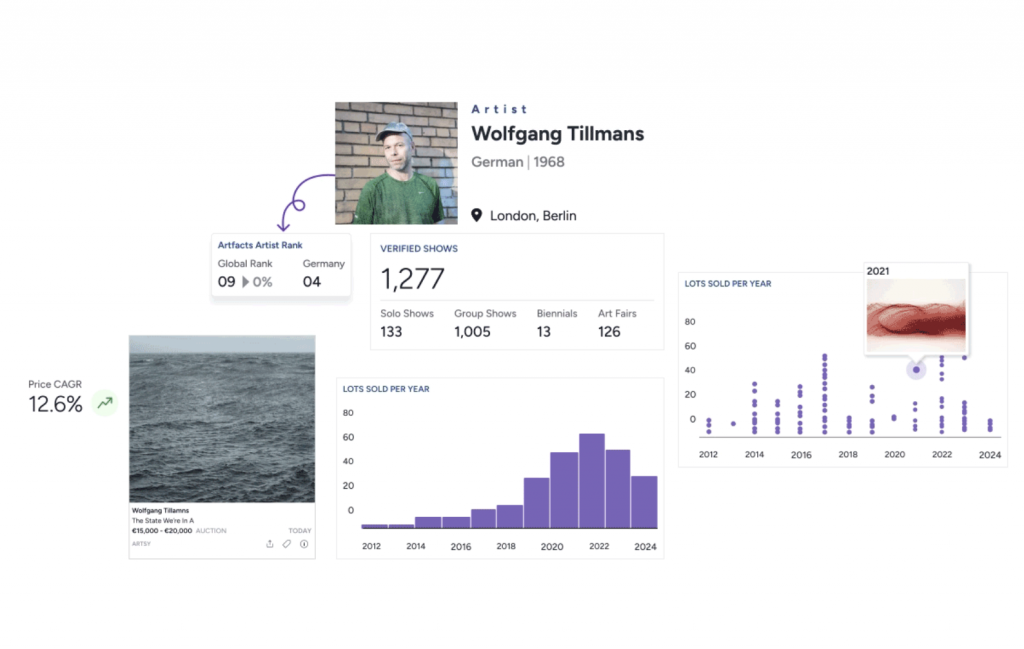
7. In what ways do you think AI could help open up the art market to a wider audience?
Artificial intelligence is not an add-on for Arthur—it’s in our DNA. We already generate personalized weekly summaries and podcast digests for collectors. When a user follows an artist, Arthur instantly generates context-rich insights, from auction anomalies to curatorial shifts.
But where we’re going next is even more exciting: imagine asking Arthur to find works that evoke melancholy, or only show pieces with female subjects between 1940 and 1970, under 100cm in height, with no auction history but strong institutional backing. That kind of semantic search—powered by data and designed for humans—is where AI meets curation.
8. How do you see the role of data evolving in the art world over the coming years?
We’re breaking the glass wall of secrecy that has long defined the art world. One major next step is crowd-sourcing private dealer data and viewing room activity. Why? Because auction data only tells half the story. The other half—primary market intelligence—is what dealers guard most closely. But the irony is that transparency builds trust. It accelerates sales. And it grows markets.
Young collectors get this intuitively. They expect insight before acquisition. And they’re using Arthur to get it. The smartest collectors already see the future—it’s just not evenly distributed yet.
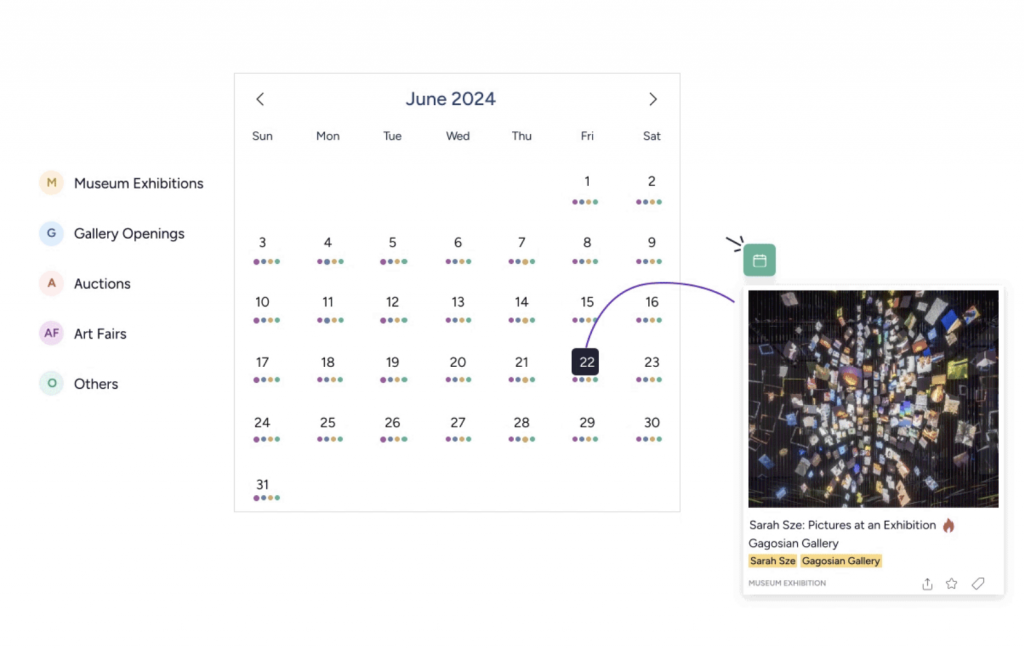
9. Do you consider yourself a collector? If so, what kinds of art are you drawn to personally?
Yes, though I’d say I’m an evolving one. Arthur has changed my taste. I’ve gravitated toward ultra-contemporary artists—Adrian Ghenie, Rashid Johnson, Ana Weyant, and the late Matthew Wong. Among the lesser known, I’m deeply drawn to Ridley Howard, Allison Zuckerman, and Matthew Ronay. There’s a new energy in their work—a sense of now.
10. Can you share a success story or moment when Arthur Analytics made a real difference for a user or collector?
One collector told me they caught an important auction sale just in time, thanks to an Arthur alert. Another used our artist profile insights to figure out what to pay. But my favorite feedback always comes back to the weekly digest. “I didn’t have time to track everything,” they say. “But Arthur did.” That’s the point.
11. What’s next for Arthur Analytics? Any exciting updates, features, or expansions we should keep an eye on?
AI continues to lead the charge. We’re building tools that allow collectors to interact with Arthur through natural language. Think: “Show me comparable figurative works of the female form painted by African American male artists from the 1980s that sold under $25k in the past two years.”
We’re also working on gamified features: imagine betting on auction outcomes, competing with fellow collectors, learning through play. Collecting shouldn’t just be transactional. It should be fun.
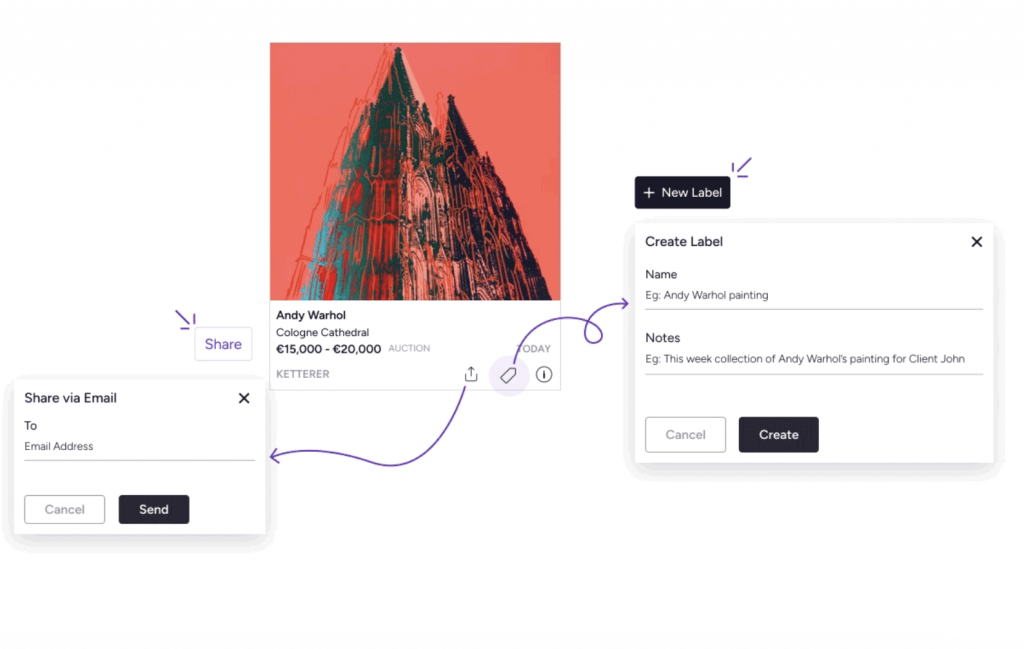
Website: https://www.arthuranalytics.com/
Download on the Apple Store: https://apps.apple.com/us/app/arthur-analytics/id6477911508
Get it on Google Play: https://play.google.com/store/apps/details?id=com.arthuranalytics.app.android
Instagram: @arthuranalytics






